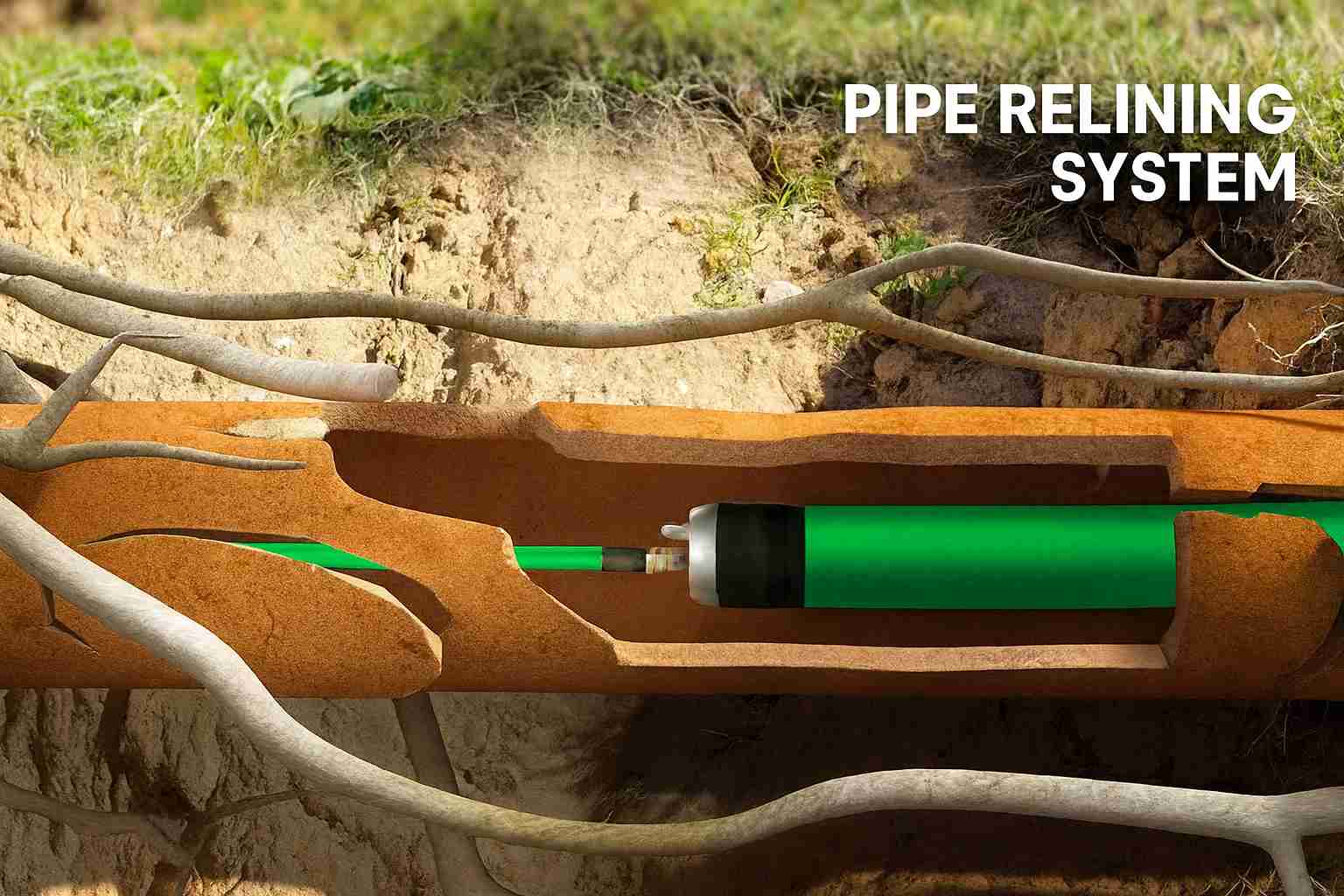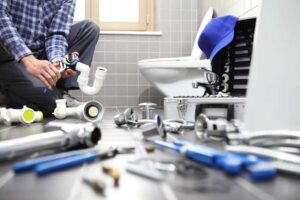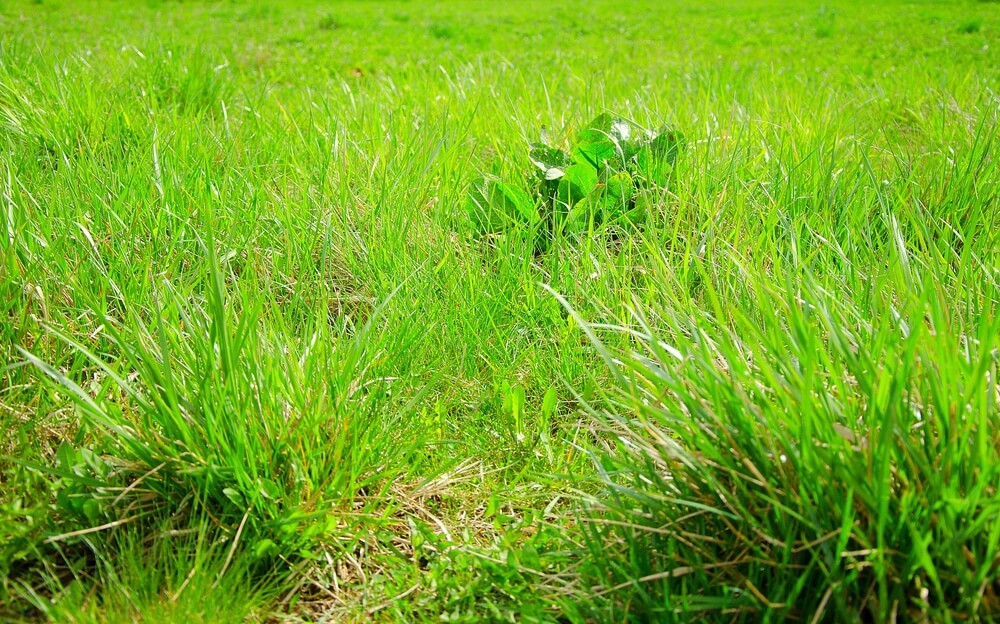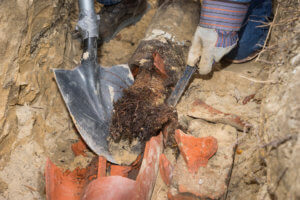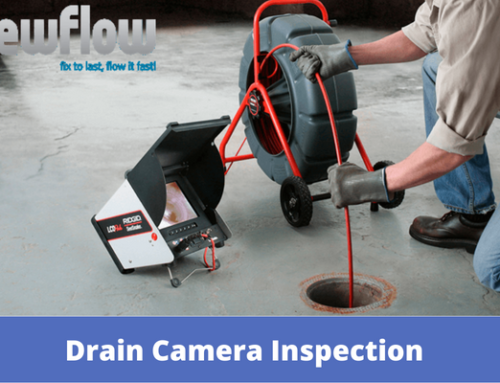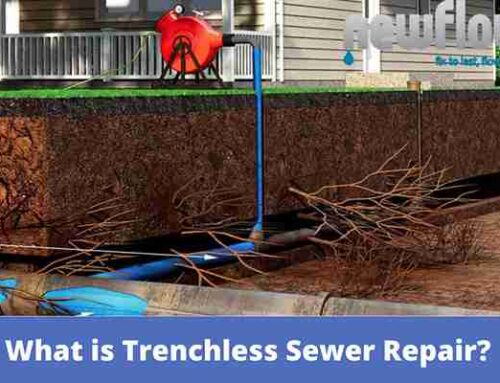Pipe relining is a trenchless method of repairing damaged sewer pipes by creating a new, durable lining inside the existing pipe. Instead of digging up your yard or breaking through floors to replace the old line, plumbers use a resin-soaked liner that hardens into a brand new pipe within the old one. This modern approach restores full function without the disruption of traditional excavation.
One of the biggest benefits of pipe relining is that it avoids digging. That means no torn up landscaping, no destroyed driveways, and no major cleanup afterward. The process is also faster than conventional pipe replacement and can often be completed in a single day.
Because pipe relining saves time, prevents property damage, and provides a long lasting solution, many homeowners now choose it over traditional sewer replacement. It delivers the same results, sometimes even better, at a lower long term cost, making it one of the most efficient ways to fix cracked or leaking sewer lines today.
Common Signs You Need Sewer Pipe Relining
Pipe relining is just one of the trenchless sewer repair methods that most sewer repair specialists use.
Pipe Relining Process: Step-by-Step
Pipe relining, also called cured-in-place pipe lining, and epoxy pipe lining is a trenchless sewer repair method that’s fast, cost-effective, and efficient.
Pipe relining creates a brand new pipe directly inside of your old one. No trenching necessary.
This is how it works step by step.
- Your pipe is inspected with a CCTV sewer camera inspection. There is another trenchless technology called pipe bursting. You want to make sure the right solution is chosen based on how your current pipes look.
- The pipe is then cleaned thoroughly with hydro-jetting or another pipe clearing method. The goal of the cleaning is to restore the pipe’s original diameter. Things like sewage, hair, and cooking oil can cake up the pipe, shrinking its size.
- Now begins the pipe relining. A unique, epoxy-impregnated liner is inserted into the old pipe and inflated. This creates a new pipe inside the old one. Pipe lining can be considered replacement or repair depending on whether the whole pipe length will be lined or just a section.
- If only a section of pipe (a spot repair) is lined, it is considered a repair. If you line the whole pipe from start to finish, it is basically like getting a brand new pipe installed (aka replacement).
Note: Sometimes, a drain pipe is so severely damaged that no trenchless method is viable. Plumbers cannot use trenchless technology on pipes that are back-pitched, which means that the original contractors failed to use the proper slope for your sewer line to your city connection. Also, if the pipe has collapsed onto itself, you will have to go the conventional trenching route.

The Benefits of Pipe Relining
Pipe relining is:
- Non-invasive
- Environmentally-friendly
- Cost-effective
- Fast
- Permanent
- Stable
The Cost of Pipe Relining
Trenchless sewer repair can cost anywhere between $4,000-$15,000 for the average single-family home. The final price depends on how many feet of pipe need to be relined. There will always be a base cost starting at permits, contractor mobilization, project minimums, and then prices move on from there.
Conventional sewer repair, on average, costs $50 to $450 per linear foot. The price to install brand new pipes throughout your home or yard could run to $15,000 because of all the extensive work, such as trenching and excavation. Conventional sewer repair quotes will be lower than trenchless, but they don’t include the cost to clean up the mess and repair the property damage.
Pipe Relining Near You
It’s time that New Flow Plumbing comes in to save the day. We’ll get you started with a CCTV sewer camera inspection to determine where your problems come from. Then, we give you a free repair estimate, followed by available repair options. Whatever the issue, New Flow Plumbing will have your plumbing running perfectly again. Call us today.
FAQs

Arman Grigoryan
Founder & President of New Flow Plumbing
Arman Grigoryan is the founder and president of New Flow Plumbing, proudly serving Los Angeles, Sacramento, and surrounding areas. With extensive experience in plumbing diagnostics, he leads a skilled team specializing in advanced sewer and drain camera inspections to quickly identify problems and deliver lasting solutions. Arman is dedicated to using the latest technology to provide reliable service, honest answers, and dependable results for every customer.

